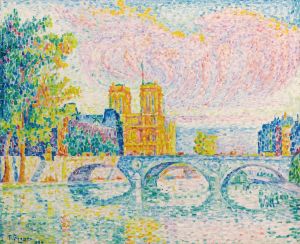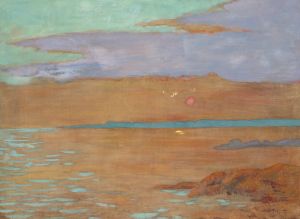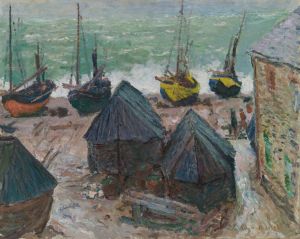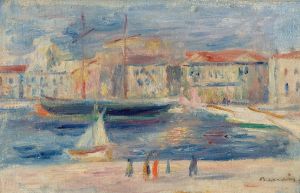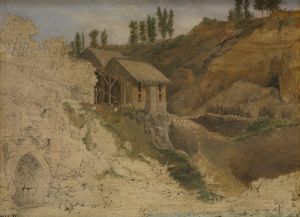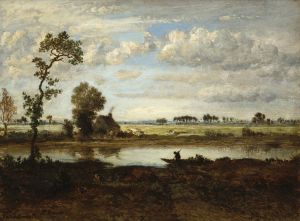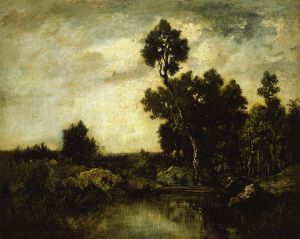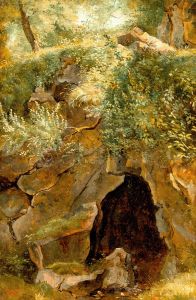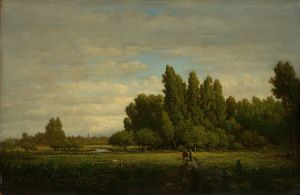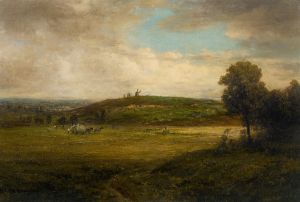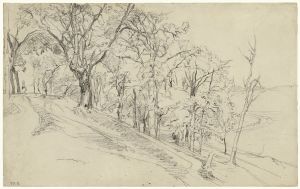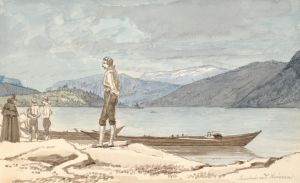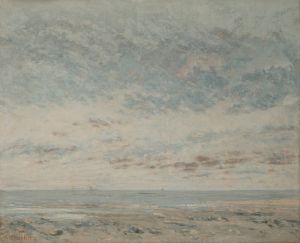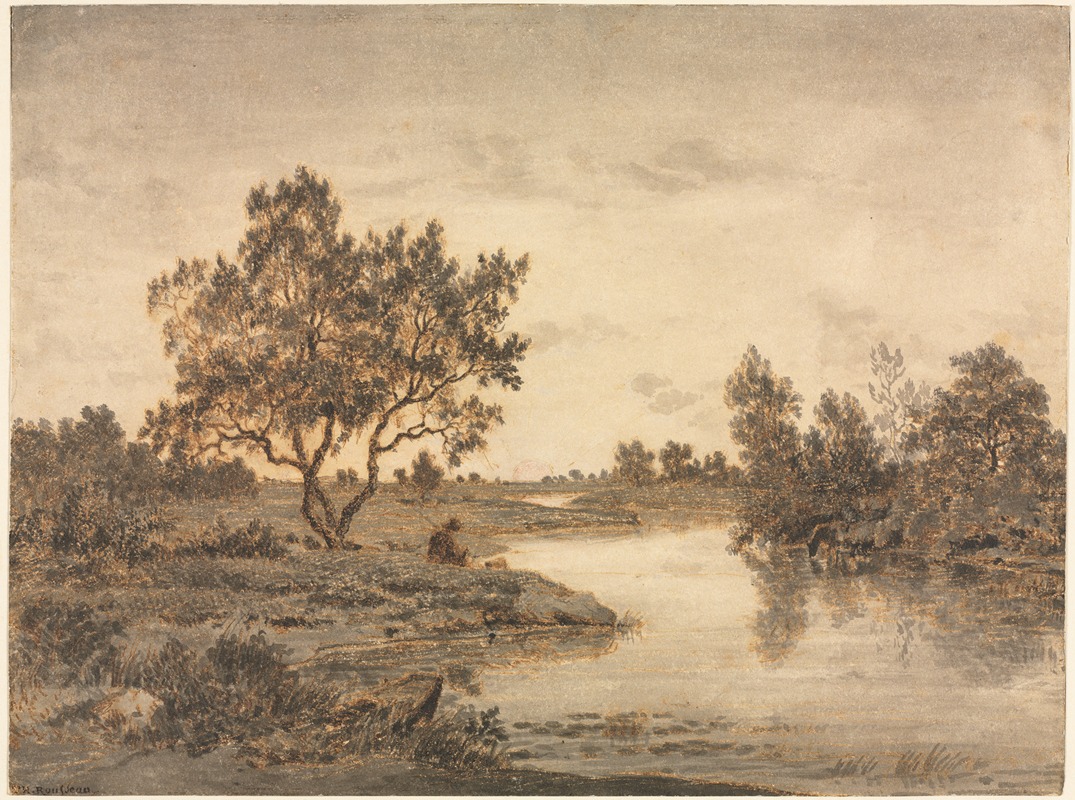
The Fisherman
A hand-painted replica of Théodore Rousseau’s masterpiece The Fisherman, meticulously crafted by professional artists to capture the true essence of the original. Each piece is created with museum-quality canvas and rare mineral pigments, carefully painted by experienced artists with delicate brushstrokes and rich, layered colors to perfectly recreate the texture of the original artwork. Unlike machine-printed reproductions, this hand-painted version brings the painting to life, infused with the artist’s emotions and skill in every stroke. Whether for personal collection or home decoration, it instantly elevates the artistic atmosphere of any space.
"The Fisherman" is a painting by the French artist Théodore Rousseau, who was a prominent figure in the Barbizon School, a movement that emerged in the mid-19th century. The Barbizon School was named after the village of Barbizon near the Forest of Fontainebleau, where many of the artists gathered to paint nature directly from life, emphasizing realism and the beauty of the natural landscape.
Théodore Rousseau was born on April 15, 1812, in Paris, France, and he became known for his detailed and atmospheric landscapes. His work often depicted rural scenes, forests, and the countryside, capturing the changing moods of nature with great sensitivity and skill. Rousseau's dedication to painting en plein air (outdoors) was a significant departure from the academic traditions of his time, which typically favored historical and mythological subjects painted in studios.
"The Fisherman" exemplifies Rousseau's commitment to realism and his deep appreciation for the natural world. The painting portrays a solitary fisherman, likely engaged in his daily routine, set against a serene and meticulously rendered landscape. The composition highlights Rousseau's ability to convey the tranquility and simplicity of rural life, as well as his keen observation of light, shadow, and atmospheric effects.
Rousseau's technique in "The Fisherman" demonstrates his mastery of color and texture, using a palette that captures the subtle variations in the natural environment. The brushwork is both precise and expressive, allowing the viewer to almost feel the gentle breeze and hear the rustling leaves. The painting's mood is contemplative, inviting the viewer to pause and reflect on the quiet beauty of the scene.
Throughout his career, Rousseau faced significant challenges, including initial rejection by the official Salon, the principal art exhibition in Paris. Despite these setbacks, he continued to pursue his artistic vision, gaining recognition and respect from his peers and later from the broader art community. His perseverance and dedication to his craft eventually earned him a place among the leading landscape painters of his time.
Rousseau's influence extended beyond his own work, as he inspired a generation of artists who sought to capture the natural world with honesty and emotion. His contributions to the Barbizon School helped pave the way for the later development of Impressionism, which also emphasized painting outdoors and capturing the fleeting effects of light and atmosphere.
"The Fisherman" remains an important example of Rousseau's artistic legacy, reflecting his profound connection to nature and his ability to convey its beauty through his art. Today, Rousseau's works are held in high esteem and can be found in major museums and collections around the world, where they continue to be appreciated for their technical excellence and emotional depth.





